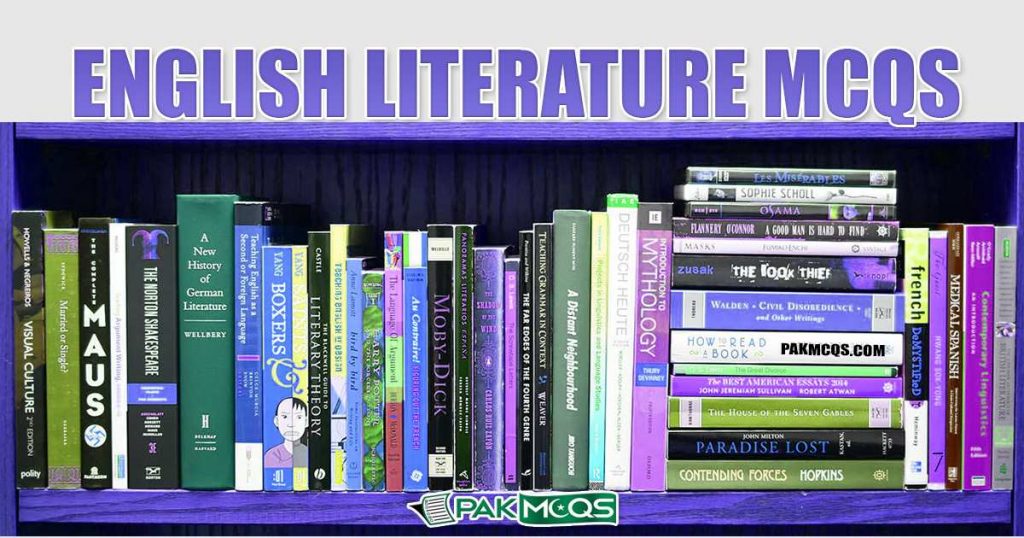A. It emphasizes emotion over reason.
B. It has a didactic moral focus.
C. There is a focus on a central love story.
D. All of these answers
- Cultural and Literary 18th-19th Centuries
- Cultural and Literary 18th-19th Centuries
- English Literature Mcqs
English Literature Mcqs for Preparation. these literature Mcqs are important for students to make preparation of Fpsc, Nts, Kppsc, Ppsc, and other test.
IF YOU THINK THAT ABOVE POSTED MCQ IS WRONG.
PLEASE COMMENT BELOW WITH CORRECT ANSWER AND ITS DETAIL EXPLANATION.


